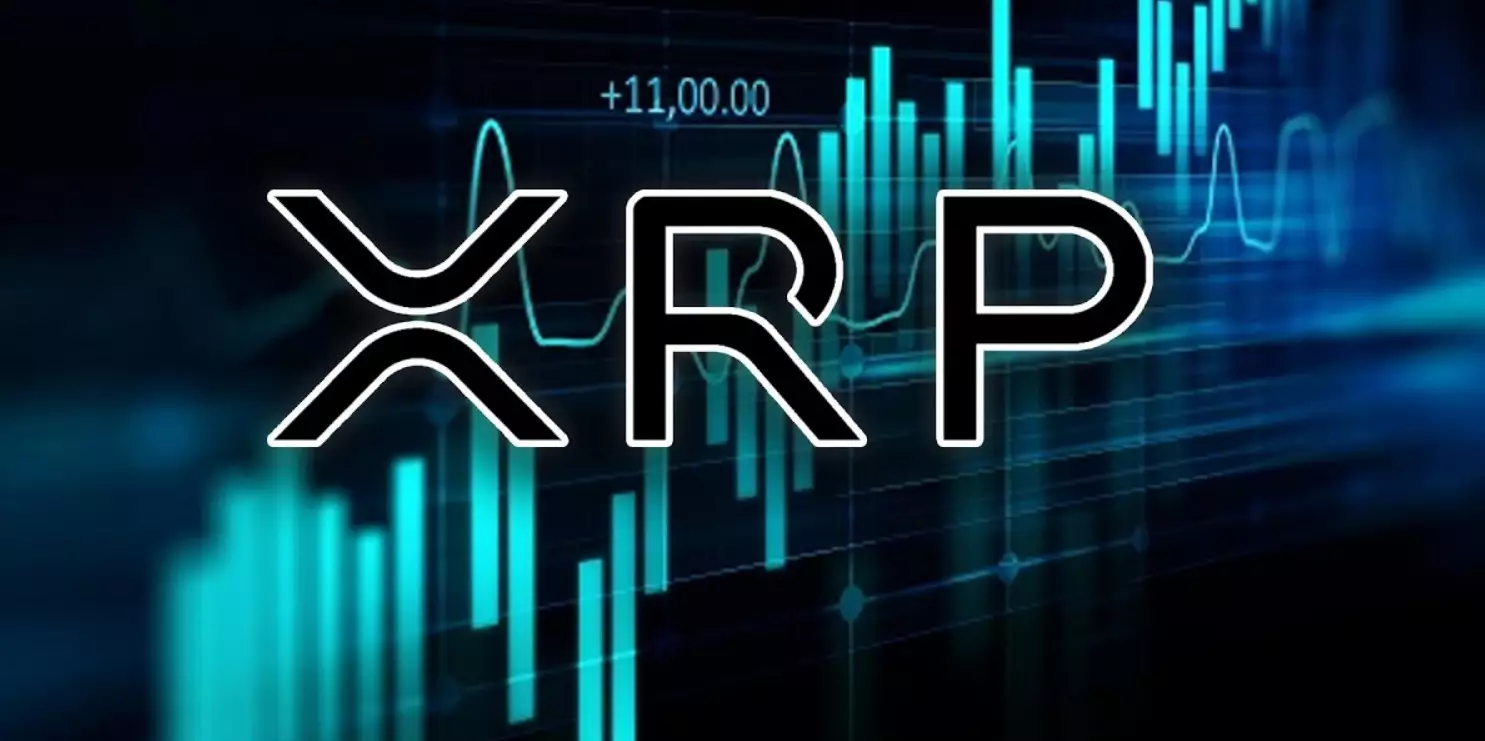In a recent X (formerly Twitter) post, a dedicated XRP and crypto enthusiast named Krippenreiter unveiled the latest version of the XRP Ledger, showcasing core updates and exciting new functionalities. This upgraded ledger brings forth a range of improvements and enhancements designed to bolster the XRPL ecosystem. Let’s delve into the details of this new version and explore the proposed amendments that could shape the future of XRP.
One of the key highlights of the upgraded XRP Ledger is the introduction of APIV2. This new API version offers an array of enhanced functionalities, surpassing the capabilities of traditional APIs. The inclusion of the DeliverMax feature, along with additional error messages and removed API methods, elevates the overall performance and user experience of XRPL.
Krippenreiter emphasizes the improvements made to the Transaction Per Second (TPS) performance and stability of the XRP Ledger. These enhancements, initially proposed by MarkTravis15, aim to refine the ledger’s performance by implementing three pivotal changes.
Firstly, the focus lies on enhancing consensus stability, which ensures a more robust and reliable ledger. Secondly, asynchronous writing of batches to NuDB optimizes the processing speed of transactions, allowing for a more seamless user experience. Lastly, the introduction of periodic intervals for applying transaction batches enhances the efficiency and smooth functioning of the ledger.
Another significant addition to the XRP Ledger is a new RPC method that facilitates seamless integration between software applications and the XRPL ecosystem. This method allows software apps to effectively connect to specific networks within XRPL and retrieve valuable information from the nodes. This development opens up new possibilities for developers and further expands the potential use cases of XRP.
The latest version of the XRP Ledger not only brings substantial updates, but also aims to address existing issues. The development team has diligently worked on resolving bugs and enhancing the overall readability and efficiency of the codebase through refactoring and rewriting.
These efforts not only optimize the performance of the ledger but also make it more accessible to developers, ensuring a smoother and more streamlined experience for all stakeholders within the XRPL ecosystem.
In addition to the core updates, Krippenreiter brings attention to four proposed amendments that have the potential to significantly impact the XRPL ecosystem, subject to community approval and subsequent implementation.
The first proposed amendment revolves around federated side chains, aiming to establish bidirectional connectivity to XRPL assets. This proposal paves the way for enhanced interoperability within the XRP ecosystem, utilizing witness servers such as Xahau and CBDCL. These side chains open up new avenues for seamless asset transfers and increased flexibility for XRPL users.
The second amendment introduces a sovereign identity solution called decentralized identifiers (DID). This solution empowers individuals to maintain control over their digital identities while enjoying the benefits of the XRPL ecosystem. By leveraging decentralized identifiers, users can authenticate themselves securely within the network, instilling trust and facilitating a wide range of innovative use cases.
The third proposed amendment addresses the unexpected behavior of the XRPL payment engine. This amendment seeks to rectify any problematic behavior and provide appropriate solutions to ensure the smooth operation of the payment engine. This proactive approach reinforces the stability and reliability of the XRP Ledger.
Lastly, the fourth proposed amendment focuses on establishing clear guidelines for authorized trust lines. This amendment clarifies the process of establishing and permitting trust lines, especially in situations where issuers and users activate specific settings on their accounts. These guidelines foster transparency and confidence in the XRPL ecosystem, encouraging wider adoption and utilization of XRP.
The upgraded version of the XRP Ledger brings forth a plethora of enhancements and exciting new features. With improved API functionalities, optimized TPS performance, and a new RPC method, the XRPL ecosystem is poised for growth and increased utility. Additionally, the proposed amendments address key areas of concern and pave the way for a future where XRP thrives as a trusted and scalable digital asset. As the XRP community eagerly awaits the implementation of these updates and amendments, the future of the XRP Ledger looks brighter than ever.

